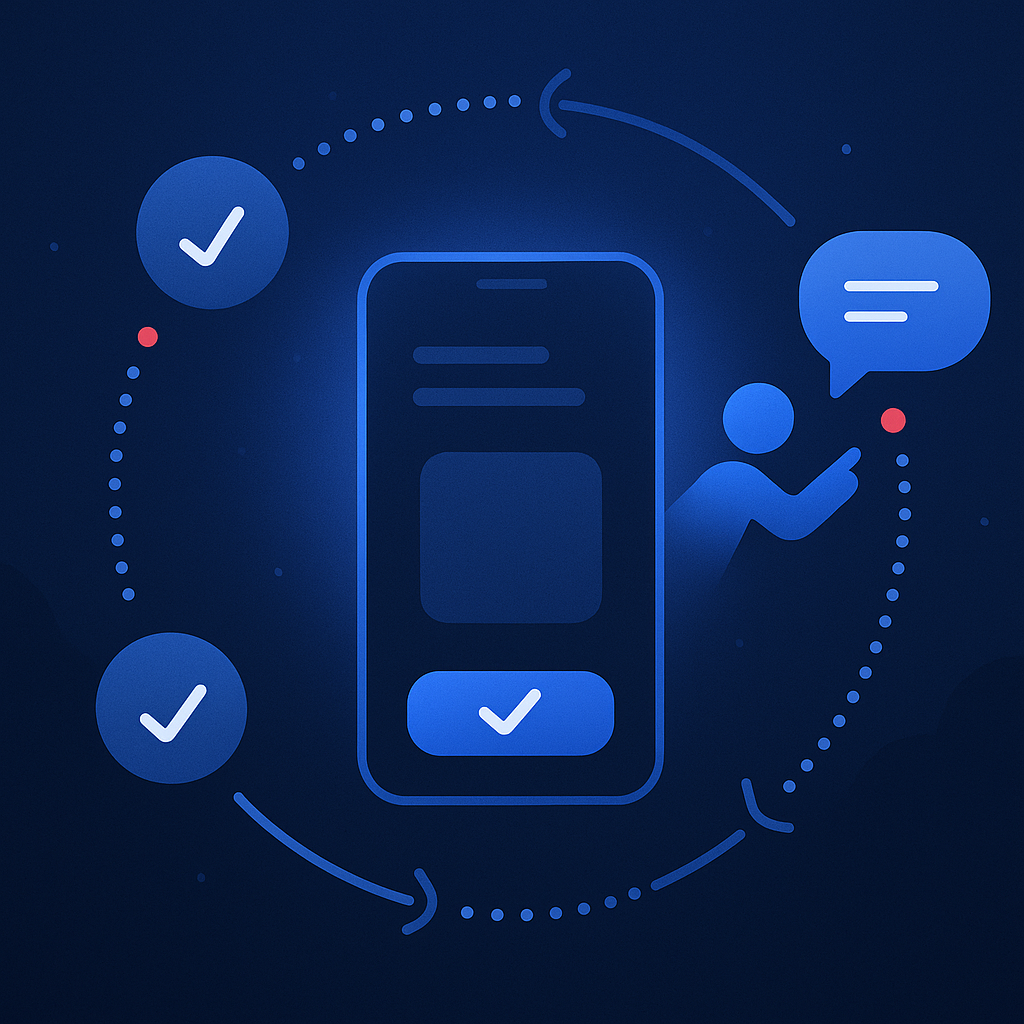With the rise of progressively sophisticated connected devices, we’re on the cusp of a new era of business productivity. With experts predicting the automation of more than half of all new businesses, running on the Internet of Things, and saving millions in increased productivity, it follows that business owners would want to know how the Internet of Things can help them move beyond platforms and dashboards to increase business productivity. And more importantly, how to do this without getting lost attempting to implement IoT for each step in the business process.
Implementing an Internet of Things strategy is undoubtedly a significant undertaking. Organisations are faced with not only having to choose a vendor but also having to “wade through the alphabet soup of protocols, IoT platforms, applications and devices promising to optimize processes, improve time to market and enhance the customer experience.” According to CISCO, this is one of the main reasons why most Internet of Things projects never make it past the proof of concept phase. Further reasons, according to WIPRO, include lack of experience and deficient cybersecurity.
One of the biggest misunderstandings seemingly stems from the word “platform”. Organisations often do not appreciate that a platform is not a complete solution. Any organisation wanting to rapidly take full advantage of the benefits associated with the Internet of Things needs to understand that a platform may be the wrong initial focus. To contextualise: “Platforms are flat, empty surfaces that need to be built on significantly with components and software to reap the true rewards of the IoT”. Some platforms only deliver a single layer, usually comprising a data collection and an analysis layer while other platforms focus on device integration or security.
A comprehensive Internet of Things strategy that is able to move beyond the idea of a platform should be designed to take the guesswork out of implementation and focus on business processes so improving success rates, accelerating deployment, and saving money. It is imperative to deploy Internet of Things platforms that have inherent control logic and management capabilities. Organisations need an all-inclusive Internet of Things stack that “can operate with multiple disparate sensors, vendors, applications and data interchanges to simplify, accelerate and sustain the promise of IoT innovation at scale.”
In this new IoT-driven era, platforms that allow you to view incoming data while harnessing digital tools to manage devices, analyse data, and automate workflows, will allow users to reap the full benefits of the disruptive potential of the Internet of Things on business productivity. Importantly, it should move beyond platforms and make workflows and productivity metrics visible using dashboards and apps. It should further make it actionable by focusing on, and automating, existing business processes and feeding the information into those processes.
What you should not lose sight of is that in order to provide tangible value your Internet of Things solution should be able to exchange data with your CRM, ERP, and other enterprise systems and so trigger proper workflows. Business processes and automation isn’t just required to make the Internet of Things run more smoothly but the benefits can also flow back in the opposite direction. This means that by integrating business processes and automation in your Internet of Things strategy, you can analyse data from a central location and any changes can be fed out again.
Looking for insights from your operational data? Contact us to help you move forward.



